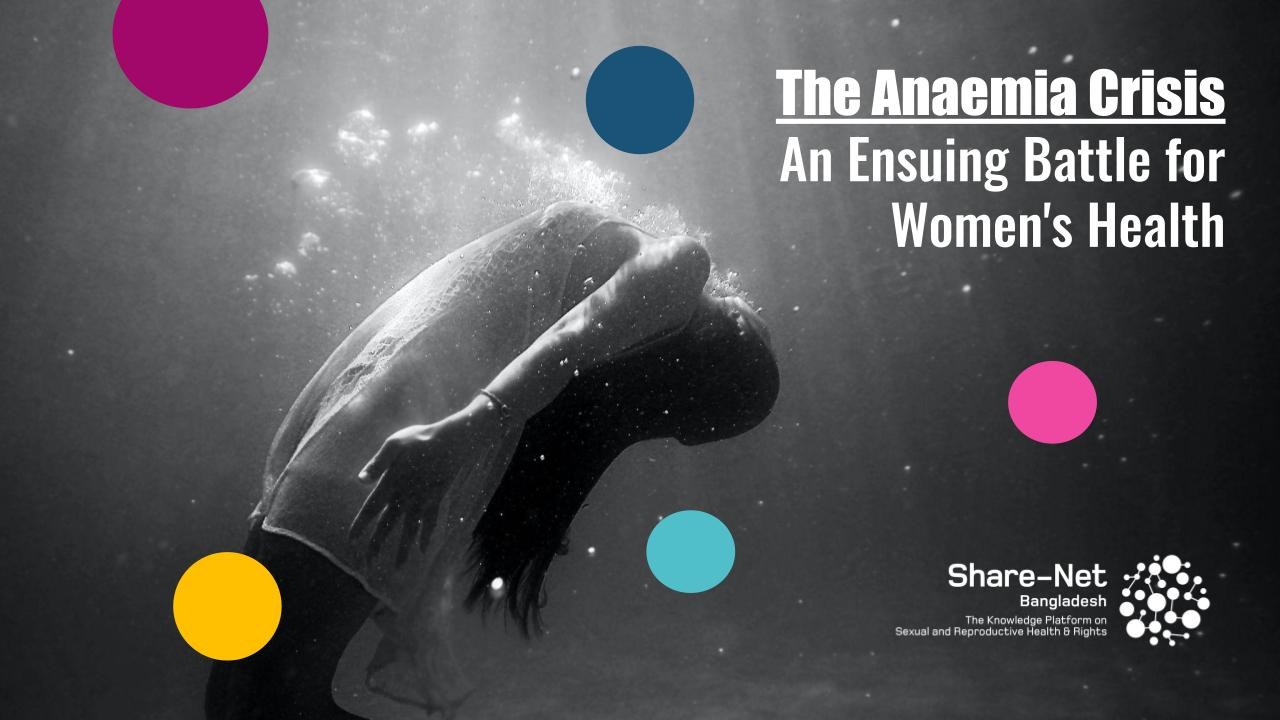The Anaemia Crisis: An Ensuing Battle for Women’s Health
Anaemia, a condition characterized by a deficiency of red blood cells or haemoglobin in the blood, remains a persistent issue in Bangladesh. Despite setting targets and making commitments to tackle this health challenge, the country continues to struggle in its efforts. According to the World Health Organization (WHO), the prevalence of anaemia among reproductive-aged women in Bangladesh was 37% in 2019, compared to 36% in 2000, indicating a degradation in healthcare progress over the years.
A 2017 study found that a staggering 51.6% of adolescent girls in Bangladesh suffer from some form of anaemia. This is a concerning statistic that underscores the urgent need for action. The WHO recommends prioritizing early interventions for adolescent girls, as they are particularly vulnerable to iron deficiency anaemia due to their intense growth and frequent menstrual blood losses. However, Bangladesh’s Second National Plan of Action for Nutrition (NPAN2) 2016-2025 falls short by only targeting a reduction in anaemia among pregnant women, neglecting the broader population of reproductive-aged women.
The lack of progress in addressing anaemia can be attributed to various factors. Dr. Nusrat Jahan, a public health expert, highlights inadequate iron intake, blood loss during menstruation, pregnancy, and lactation as major causes of anaemia. The recommended daily iron intake for women aged 15 to 49 is 18 mg, according to the WHO. It is crucial to raise awareness about the importance of a healthy diet rich in iron and empower women to make informed choices regarding their nutrition.
Furthermore, accurate data on anaemia is scarce in Bangladesh, as only 20% of cases are confirmed through confirmatory blood testing. Relying on visual examination of the eyes and palms of patients for diagnosis may not provide an accurate picture of anaemia. Proper diagnosis, such as blood testing or complete blood count, is essential to determine the type and severity of anaemia and ensure appropriate treatment.
Adequate protein intake is also critical in preventing anaemia, yet a study published in the Journal of Medicine in 2022 revealed that 56% of reproductive-aged women in Bangladesh have insufficient protein intake. This highlights the need for a comprehensive approach to address malnutrition, including improving dietary habits and promoting women’s empowerment.
To break the cycle of anaemia in Bangladesh, it is imperative to implement large-scale interventions targeting adolescent girls and reproductive-aged women. Access to proper healthcare services, accurate diagnosis through blood testing, and nutritional education should be prioritized. The country must also reevaluate its targets and commit to reducing anaemia among all reproductive-aged women, not just pregnant women.
Bangladesh has made commendable progress in various sectors over the years, but addressing anaemia requires renewed efforts and a collective commitment. By investing in the health and well-being of its women and girls, Bangladesh can break the anaemia cycle and pave the way for a healthier future.
Source: The Business Standard


